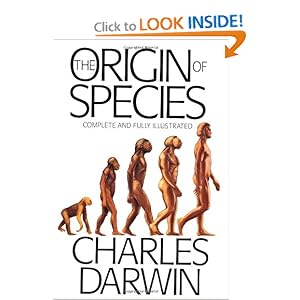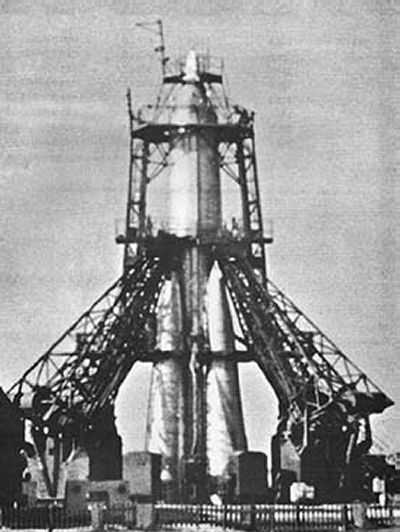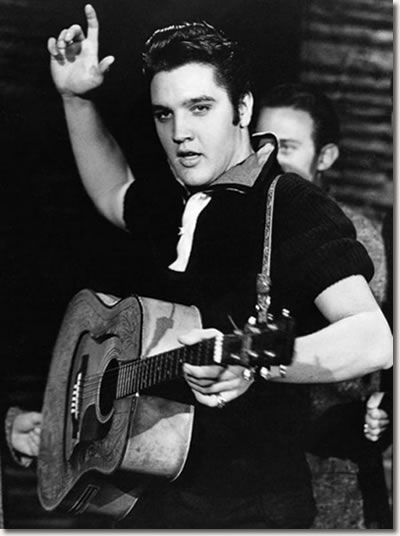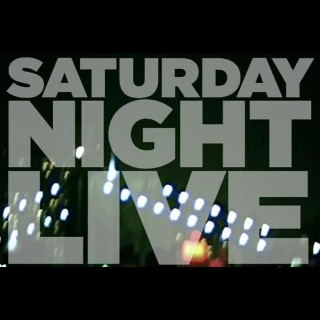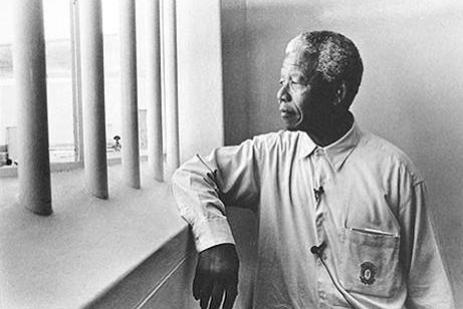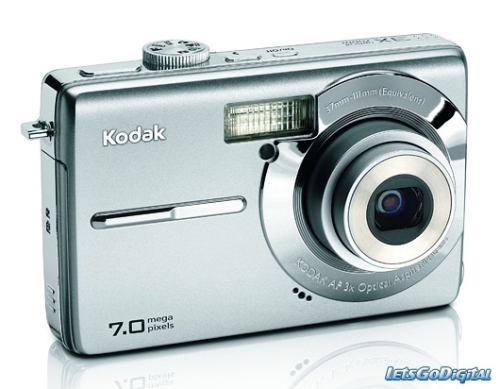I. Introduction
The tradition of “story-telling” has been a universal practice throughout cultures and throughout time. In many cultures, oral communication began as passing on religious aspects and beliefs through mythological tales. It was through the telling of religious tales, that were greatly embellished with mythological aspects, religious connotations were passed on for generations. As society began to change, along with religious beliefs, the folklore altered society to fit its current religious aspects. Through time, mythological tales of man’s origins have taken a turn into the world of folklore. Eventually, folklore began to lose its religious backdrop and was told purely for the enjoyment of the listeners. Even in today’s society, what child has not heard of Little Red Riding Hood or Hansel and Gretel? Folklore and fairy tales have been told across cultures in effort to pass on cultural practices, to teach moral lessons and for pure enjoyment. Through alterations of society, fairy tales were able to be printed in mass production and distributed across cultures by using the printing press. The invention of the printing press declined the need for oral communication as the telling of stories could be better preserved, and distributed more effectively across cultural boundaries. It was the invention of the printing press that connected cross cultures through the written word.
Johannes Gutenberg revolutionized the world with the creation of the printing press. Mass distribution of the written word allowed for the preservation of culture for future generations. The printing press connected the world through written language and ideas in novel. It was in the revolution of books people began to see the business sense behind the printing press. Novels brought new ideas into the worlds view. But, this brought about the business of perfecting the distribution of print and ultimately the creation of large publishing companies.
Multimillion dollar corporations have been built on the written word. Publishing companies such as Random House, Penguin, and Harper Collins are well known names of putting today’s popular literature on the bookshelf.
Even in a modern society, which is thriving on the internet, books can be bought through consumers’ nooks and kindles. This begs the question as to whether the publishing business has come to its final chapter? Is it possible through modern technology, such as the internet, society has regressed back into oral communication?
Today’s society depends on large scale mass media, where peoples thoughts and ideas can be shared directly through the internet. Publishing companies make money by telling society what they should read, but as a society should we listen to them? As individuals with personal ideas and preferences, should society as a whole take the advice of large scale corporations, when the internet is a far less complex system whose search engine can be altered to personal taste?
This paper discusses the history of oral communication leading into the printing revolution and perhaps what is to come in the future. I will discuss how oral communication declined through the invention of the printing press. The printing press allowed society to become more connected in a world before the internet, and as print rose in popularity people began to see the potential of printing companies. It was through the increase in books that publishing companies were developed. Publishing companies became large scale corporations focusing on the distribution of popular literature to the masses. As society advanced in technology, the internet was born to permit people across the world to be connected through the easy touch of a button on the computer. The world wide web allowed a whole new and faster market of distribution in the comfort of the consumers own home. People began buying books online and reading them directly on their computer. The popularity of these electronic books (e-books) is still increasing in today’s society. Through modern technology, people now possess the capability to publish his/her own literary works through the internet and distribute it worldwide through the internet. This brings about the question. can the modern day publishing houses compete with the internet? My prediction is the internet will overpower the publishing the company and eventually cause the fall of these large scale corporations.
II. Religion Through Oral Communication
Religion was the beginning of oral communication. Through early forms of oral tradition, tales were created to pass religious beliefs to generations. In early religious tales, there were mystical aspects of unearthly nature, such as magical aspects, creating the early form of folklore. Passing on religious traditions through oral communication took root in pre-literate societies, in cultures where writing systems were nonexistent or education was limited to specific members of society. Through oral traditions, mythology in Egypt was passed, as well as the European folklore that pervades society today.
Myth can be created to help explain the unexplainable, such as the creation of the Earth and man. Ancient civilizations created myths about the creation of life. These myths, which contained religious connotations, were believed at the time. Take the example of Ancient Egypt. Ancient Egypt was an advanced society with a culture which was rich and extensive. Egyptians believed in the Osiris Myth Cycle,
of the creation of heaven and earth. It was believed generations of Gods took on natural aspects of the natural worlds. Gods took on aspects of the sun, air, humidity, earth, sky, desert, agriculture and even roles within the household. Atum, the Sun God, brought about children without a partner. The Gods would continue to marry and reproduce, and each Generation of Gods were responsible for natural aspects of life. People would re-account the creation myth through oral communication, and the story was passed through generations and eventually written in hieroglyphics and preserved.
In today’s society, creation myths continue to be preserved through oral communication. A prime example of this preservation is the sermons given at religious services and ceremonies. The Creation of Man is still preached every Sunday in aspects of organized religion. Christian Catholicism believes Earth and man were created by an almighty God. God created Earth in six days, and on the seventh day He rested, and man was created in the likeness of God. “So God created man in His own image; in the image of God He created him; male and female He created them.”
Oral communication has been the central role in religious aspects, and it has also captured the imagination of a younger generation in the telling of folklore.
III. Progression of Culture Through Fairy-Tales
As society began to alter in structure, folklore changed throughout time to fit the aspects of the modern culture. Ancient civilizations began to alter in their religious beliefs, and eventually society no longer found it necessary to overlay folklore with religious beliefs. This caused folklore to turn toward a more entertaining aspect and no longer religious. For centuries, parents have tucked their children into bed with the narrative tales of good versus evil. Perhaps a moral lesson was provided to the children, such as in Little Red Riding Hood, teaching youngsters not to trust strangers, or perhaps the stories were only for enjoyment purposes. It was through the narrative stories that bordered the supernatural world and that we longed for, children became enthralled with tales of magic, heroes, and heroines. As society altered, such as the formation of social classes, it is clear to see the progression within folklore through alteration of stories.
Folk tales maintained prominence in lower social classes as aspects of hope in breaking social barriers to rise up in social standings. “Whatever the outcomes of the tales are - and for the most part, they are happy ends and ‘exemplary‘ in that they affirm a more just feudal order with democratizing elements - the impulse and critique of the ‘magic‘ are rooted in an historically explicable desire to overcome oppression and change society.”
The revolution of media through the printing press allowed mass production of literary works and the emergence of authors. Literary authors such as Jacob and Wilhelm Grimm and Hans Christian Andersen helped evolve cultural society. It was through the production of print that voices of the masses began to be heard and authors were associated with literary stories. Democratization of the masses began through the creation of the printing press. The progression of society if directly visual in fairy tales and the invention of the printing press has allowed society to directly document the alteration of society. Authors began to use fairy tales as presenting their perspective of social change, conditions, and conflicts. Through the documentation of fairy tales into print, cultural conditions and ideas of the public is also preserved.
IV. Printing Press
Johannes Gutenberg began working on the printing press in 1436.
Gutenberg created a wooden screw press that was used by placing moveable hand-set block letters. Rolling an oil-based ink over the letter blocks, printing became available to the public. The invention of the printing press began the printing revolution with the mass production of printed books. It became a way to take the oral communication that became important in culture and document the tales of creation myth and folklore into written form and distribute it across cultures and preserve it for generations to come. Printing literary works progressed into the modern printing press as the increasing need to continuously supply society with current and modern works of literature. In 2006, there were approximately 30,700 printing companies located within the United States. The progression of printing has only increased since the invention of the printing press, which has lead into the creation of large scale printing houses that have capitalized on the publication of literature.
V. Printing Houses
Printing houses began as companies who produced literary works made available to the public. When the printing press first came into use, it was limited to the amount of works that could be produced. It was not until later in society the printing press progressed into a monopolized business in literature. Printing companies are large scale corporations specialize in publishing of books.
These large publishing houses successful novels are distributed worldwide. Publishing houses are essentially critics announcing to the public approval of the author’s novel as a creative work or art. As technology has progressed to an internet-based society, publishing companies have followed into the world of electronic books.
VI. E-books
Electronic books are literary publications accessed in a digital form through the internet, kindles and nooks. Progression of technology has rapidly changed the way society seeks information. The New York Public Library in 1999 reported it had ten million hits on their computer system and only 50,000 books checked out of the library.
People are finding convenience of e-books to that of paperback novels. In the eyes of the consumer, the internet never closes, and all they have to do is turn on a computer and enter what is wanted on a search engine. In today’s technology, individuals have the access and ability to self publish their own literary works. With the rapid increase in technology, everyone possesses the tools to publish his/her own works directly on the internet. With web sites such as lulu.com., consumers are given the ability to publish his/her own work, create their own cover and possess total control of personal creativity and literary work. This allows the public to access electronic works through the World Wide Web and eliminate the middle man in the production of literature known as the publishing house. The way people look at education is changing, the electronic media is changing the way people look at learning, and essentially this eliminates the need for publishing companies.
VII. Death of the Publishing House
Publishing companies are evolving with cultural society by providing popular novels in forms of e-books. As technology in society progresses, will there be a need for publishing companies? Technology has become the foundation on which modern business is built on. As we look to the future, will publishing houses continue to be profitable?
The internet has become an essential source of information necessary to remain in-touch with today’s society. Society remains in constant communication. In the age of Facebook, Twitter and the like, people maintain the ability to access the internet through phones and iPods. There is a constant need to know with this fast paced technology. Publishing companies take a novel and begin the process of evolving it into a literary form, but will the public wait?
Society is continuously becoming a faster-now generation. Why would society wait for the release of a book when authors are able to self capitalize on their own works through the internet without a large publishing company profiting from their creation? “Theses new technologies have opened to many authors a new field of publishing previously available only to those who could afford expensive so-called vanity publishing.”
Publishing companies have become an expensive brand name that society looks to as a literary critic of what should be considered literature. Why should society only read specific literature because they are published by a large publishing corporations when as individuals with specific interests should be able to decide what to read? One can only question if putting out a book faster and making more money will eventually will lead to the death of the publishing houses?
VII. Conclusion
Society is rapidly seeking new technology to make life easier and faster. As society evolves, there is the continuous search to get information faster. Communication has progressed from the narrative of oral communication to the world of print and to the modern age of the internet, which makes everyone wonder where will technology next lead?
In this paper, I propose the possibility of publishing companies losing business and eventually dying due to the growth of electronic publishing. I believe this is a definite possibility and concern that will arise. Yet, only time will tell. Publishing houses are a temporary blip in society that will be looked at as a form of nostalgia literary art. Media has progressed from narrative story forms of communication into literary works that has produced the money hungry monster know as publishing houses. As media progresses into scales of mass production larger than the reach of publishing houses, through the use of the internet, individuals have the capability to put out literary thoughts for free. This raises the question of why do people continue to feed their money to the mass corruption of publishing companies?
Technology has allowed civilization to progress on larger scales than utilizing solely oral tradition and printing, and now electronic books has allowed society to create faster and easier ways of mass communication. Yet, in today’s society, civilization is still dependent on oral and printed communication. Although technology is advancing by leaps, society is unable to abandon certain aspects of communication that existed in earlier civilizations. It is only natural the progression continues into larger scales of media. But, as media continues to advance, parents will continue to retell the tales such as that of Hansel and Gretel. Society is ever seeking progression, but at the same time holding on to cultural aspects of tradition in a world that is ever changing.
- Conclusion
Society is rapidly seeking new technology to make life easier and faster. As society evolves, there is the continuous search to get information faster. Communication has progressed from the narrative of oral communication to the world of print and to the modern age of the internet, which makes everyone wonder where will technology next lead?
In this paper, I propose the possibility of publishing companies losing business and eventually dying due to the growth of electronic publishing. I believe this is a definite possibility and concern that will arise. Yet, only time will tell. Publishing houses are a temporary blip in society that will be looked at as a form of nostalgia literary art. Media has progressed from narrative story forms of communication into literary works that has produced the money hungry monster know as publishing houses. As media progresses into scales of mass production larger than the reach of publishing houses, through the use of the internet, individuals have the capability to put out literary thoughts for free. This raises the question of why do people continue to feed their money to the mass corruption of publishing companies?
Technology has allowed civilization to progress on larger scales than utilizing solely oral tradition and printing, and now electronic books has allowed society to create faster and easier ways of mass communication. Yet, in today’s society, civilization is still dependent on oral and printed communication. Although technology is advancing by leaps, society is unable to abandon certain aspects of communication that existed in earlier civilizations. It is only natural the progression continues into larger scales of media. But, as media continues to advance, parents will continue to retell the tales such as that of Hansel and Gretel. Society is ever seeking progression, but at the same time holding on to cultural aspects of tradition in a world that is ever changing.
Aldred, Cyril, and Aidan Dodson. The Egyptians . 3rd ed. London: Thames And Hudson, 1998.
Darnton, Robert. The case for books: past, present, and future. New York, NY: PublicAffairs, 2009.
Espejo, Roman. Mass media . Detroit, MI: Greenhaven Press, 2010.
Foley, John Miles. Teaching oral traditions . New York: Modern Language Association, 1998.
Hallo, William W., and William Kelly Simpson. The ancient Near East: a history. 2nd ed. Fort Worth: Harcourt Brace College Publishers, 1998.
Heng, Christopher, and thesitewizard.com. "Publishing Your Own Electronic Book (Ebook) (thesitewizard.com)." thesitewizard.com: Website design, promotion, CGI, PHP, JavaScript scripting, and revenue earning.. http://www.thesitewizard.com/archive/ebookpublishing.shtml (accessed April 3, 2011).
Hayford, Jack W.. New Spirit filled life Bible . Nashville: T. Nelson , 2002.
Kilgour, Frederick G.. The evolution of the book . New York: Oxford University Press, 1998.
McCoan, J. C., and Wilfred C. Lay. Egypt, . New York: P.F. Collier, 1898.
Osborne, Mary Pope. "Random House - Bringing you the best in fiction, nonfiction, and children's books.." Random House - Bringing you the best in fiction, nonfiction, and children's books.. http://www.randomhouse.com/ (accessed April 3, 2011).
Pritchard, James B.. The Ancient Near East: an anthology of texts and pictures : Vol. I. 6. hardcover print. ed. S.l.: Princeton University Press., 1973.
(accessed April 3, 2011).
Stanhope, Bob. "Self Publishing and Book Printing Solutions - Books, EBooks, Photo books and Calendars at Lulu.com." Self Publishing and Book Printing Solutions - Books, EBooks, Photo books and Calendars at Lulu.com. N.p., n.d. Web. 7 Apr. 2011. <http://lulu.com>.
Shaw, Ian. The Oxford history of Ancient Egypt . Oxford : Oxford University Press, 2000.
Wilson, John Albert. The culture of ancient Egypt . Chicago and London: The University of Chicago Press, 1971.
Zipes, Jack. Fairy tales and the art of subversion: the classical genre for children and the process of civilization. New York: Wildman Press, 1983.





